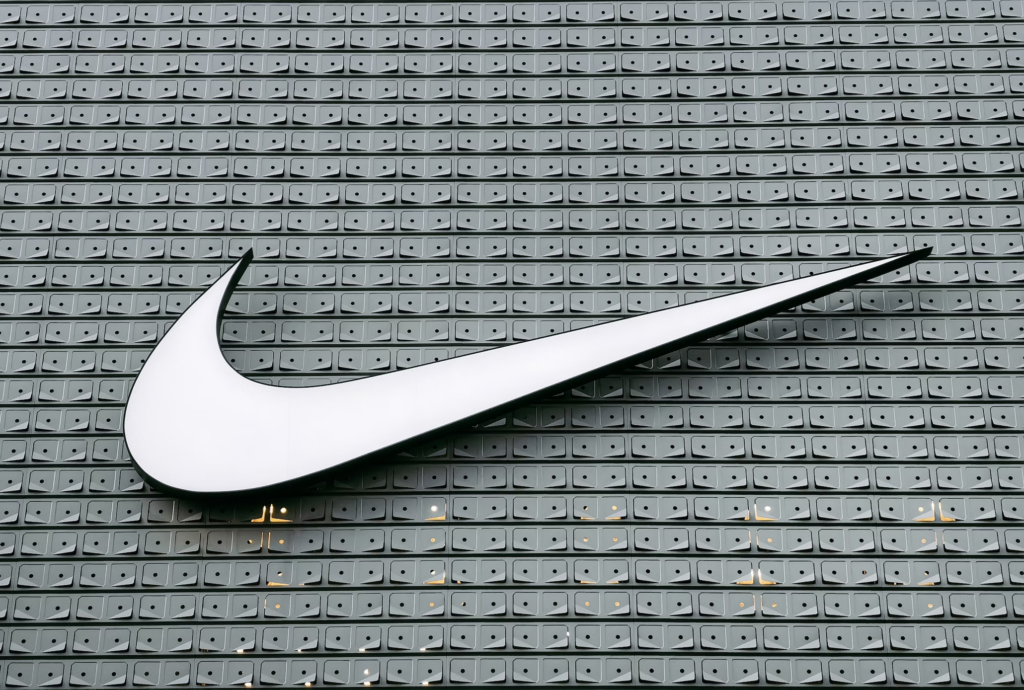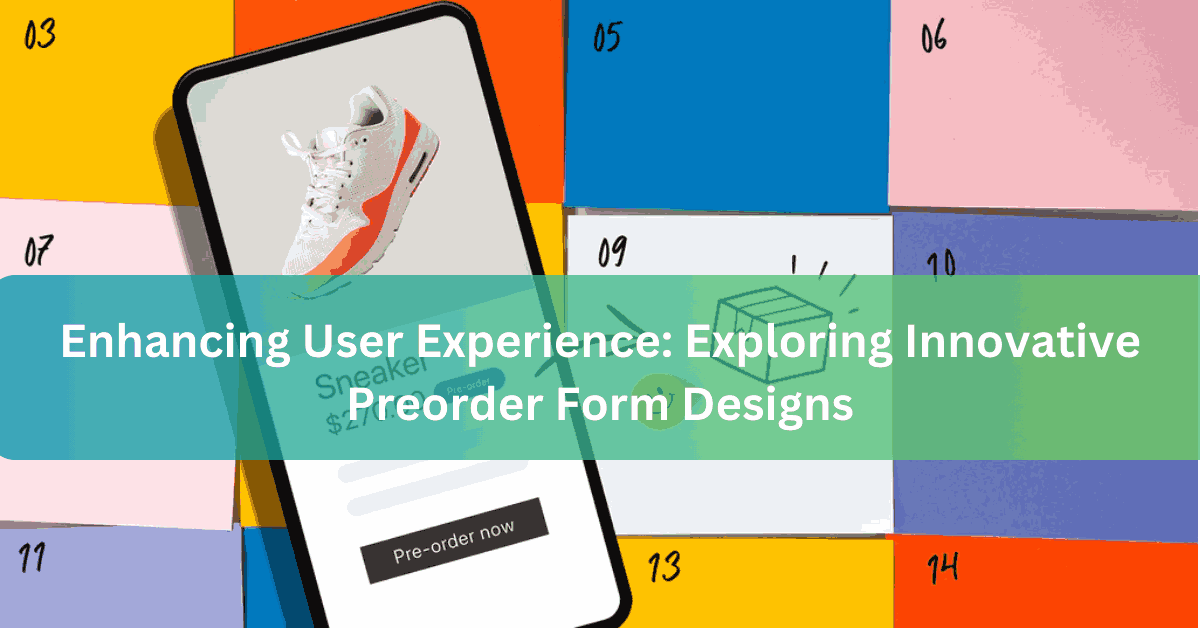Enhancing User Experience: Exploring Innovative Preorder Form Designs
In the dynamic world of e-commerce, it’s important not to underestimate the design of preorder forms in shaping the user experience. As online shopping evolves, businesses are constantly seeking innovative ways to streamline the preorder process, making it more efficient, user-friendly, and engaging.
This exploration delves into various design aspects of preorder forms, examining how they can be optimized to enhance the user experience.
Key Elements of Effective Preorder Form Design
Effective preorder form design hinges on several fundamental elements. First and foremost is simplicity. A cluttered or complex form can deter users, leading to a higher abandonment rate.
Clarity in the form’s layout and instructions ensures users understand what is expected at each step. Responsiveness is another crucial element, as forms should adapt seamlessly across different devices and screen sizes.
Innovative design elements can also play a significant role. For example, integrating real-time validation can immediately inform users about any errors, thus preventing frustration at later stages. Another key feature is the use of auto-fill technology, which can significantly speed up the process, especially for returning customers.
Innovative Design Approaches
When exploring innovative design approaches for preorder forms, several trends stand out. Interactive elements such as sliders for quantity selection or color options for products can make the experience more engaging. Another trend is the use of AI-driven suggestions, which can personalize the process by recommending products based on the user’s past behavior or preferences.
Comparatively, traditional forms often lack these interactive and personalized elements. The modern approach emphasizes a user-centric design that not only caters to functional needs but also creates a memorable and enjoyable experience.
Improving Accessibility and Inclusivity
Inclusive design is vital in ensuring that preorder forms cater to a diverse range of users. This includes providing options for different languages, ensuring compatibility with screen readers for visually impaired users, and designing forms that are easy to navigate for everyone.
To enhance accessibility, designers can implement features like keyboard navigation, voice input capabilities, and high-contrast color schemes. These adjustments ensure that the preorder process is smooth and inclusive for all users.
Enhancing Visual Appeal
The aesthetic aspect of preorder forms cannot be understated. A visually appealing design can significantly enhance the user experience. This includes using a color scheme that aligns with the brand’s identity, employing readable and attractive fonts, and incorporating clean, minimalist layouts that focus on ease of use.
The use of images and icons can also aid in guiding the user through the form. For instance, product thumbnails next to selection options can help users make informed choices and reduce the likelihood of errors.
Optimizing for Mobile and Cross-Platform Use
In today’s mobile-first world, optimizing preorder forms for smartphones and tablets is crucial. Mobile users expect a seamless experience, which means forms must be responsive and easy to navigate on a smaller screen. This involves large, easily clickable buttons, forms that adjust to screen size, and a layout that avoids horizontal scrolling.
Cross-platform compatibility ensures that the user experience is consistent across various devices, be it a desktop, tablet, or smartphone. This consistency is key to maintaining user trust and satisfaction.
User Feedback and Iterative Design
The design of preorder forms should be an iterative process, continually evolving based on user feedback. Regularly soliciting feedback through surveys or user testing sessions can provide valuable insights into areas for improvement.
This iterative approach allows designers to fine-tune the form, addressing any usability issues, and continually enhancing the user experience. By being responsive to user needs and preferences, businesses can create preorder forms that are not only functional but also delightful to use.
Case Studies of Innovative Preorder Forms
Expanding on the case studies of innovative preorder forms, let’s delve into real-life examples where companies have enhanced user experience through creative and user-centric design approaches.
Technology Retailer: Adaptive Layout Based on User Behavior
Example: Best Buy
Best Buy’s preorder form is a standout example. The form is designed to adapt its layout and content based on the device being used and the user’s browsing and purchasing history. For instance, a customer who frequently purchases gaming consoles will see a preorder form that highlights upcoming gaming releases and accessories. This personalization not only streamlines the shopping experience but also makes it more relevant to individual users.
Fashion Brand: Interactive Product Visualization

Nike has implemented an interactive preorder form for its custom shoe line. This form allows customers to visualize different color options and customizations on their selected shoe model in real time. The interactive element significantly enhances user engagement, as customers can see exactly how their choices will look on the final product. This feature has not only increased customer satisfaction but also reduced return rates, as buyers are more confident in their personalized choices.
Online Bookstore: AI-Driven Recommendations
Example: Amazon
Amazon’s use of AI in its preorder forms for books showcases how technology can enhance the shopping experience. The AI system analyzes a user’s past purchases and browsing habits to suggest new releases and upcoming books that align with their interests. This not only simplifies the preorder process but also makes it more efficient, as customers are presented with options that are tailored to their reading preferences. This personalized approach has led to increased customer satisfaction and loyalty.
Conclusion
The exploration of innovative preorder form designs highlights the significance of user-centric design in the e-commerce realm. By focusing on key elements such as simplicity, clarity, responsiveness, and aesthetic appeal, and by adopting innovative approaches like interactive elements and AI-driven personalization, businesses can significantly enhance the user experience. The continuous incorporation of user feedback ensures that these designs remain relevant and effective. As technology and user expectations evolve, so must the design of preorder forms, always with the goal of creating a seamless, efficient, and enjoyable shopping experience.



